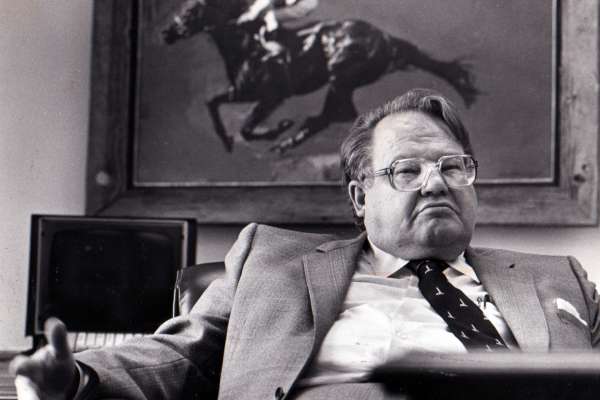Nobody is perfect, and we have all been wrong a time or twenty. However, no matter how wrong we have been, it is highly unlikely that we have ever been as catastrophically wrong as some of the people below. They range from the guy who got himself killed demonstrating an architectural point nobody cared about, to the guy who got hundreds of thousands killed with a series of bad decisions. Following are forty fascinating things about people who were proven as catastrophically wrong as is humanly possible.
40. The Billionaire Brothers Who Went Bankrupt Trying to Own All the World’s Silver

H. L. Hunt (1889 – 1974) was one of the world’s wealthiest men, with a lock on much of the East Texas Oil Field, one of the world’s biggest oil deposits. His sons Nelson, William, and Lamar – the last a founder of the American Football League and Major League Soccer – were also super-rich. Especially Nelson, who made a bundle drilling for oil in Libya.
However, Nelson Hunt became a crackpot, and feared that the US government was conspiring to steal his wealth. So to protect his fortune, he decided to buy a whole lot of silver, and hoard it in Switzerland. Then he decided to buy all the silver, and persuaded his brothers to join him in a bid to corner the global market on it. By 1979, the Hunt brothers owned about half the world’s transportable supply of silver. Then they discovered that they had made a catastrophic miscalculation.
